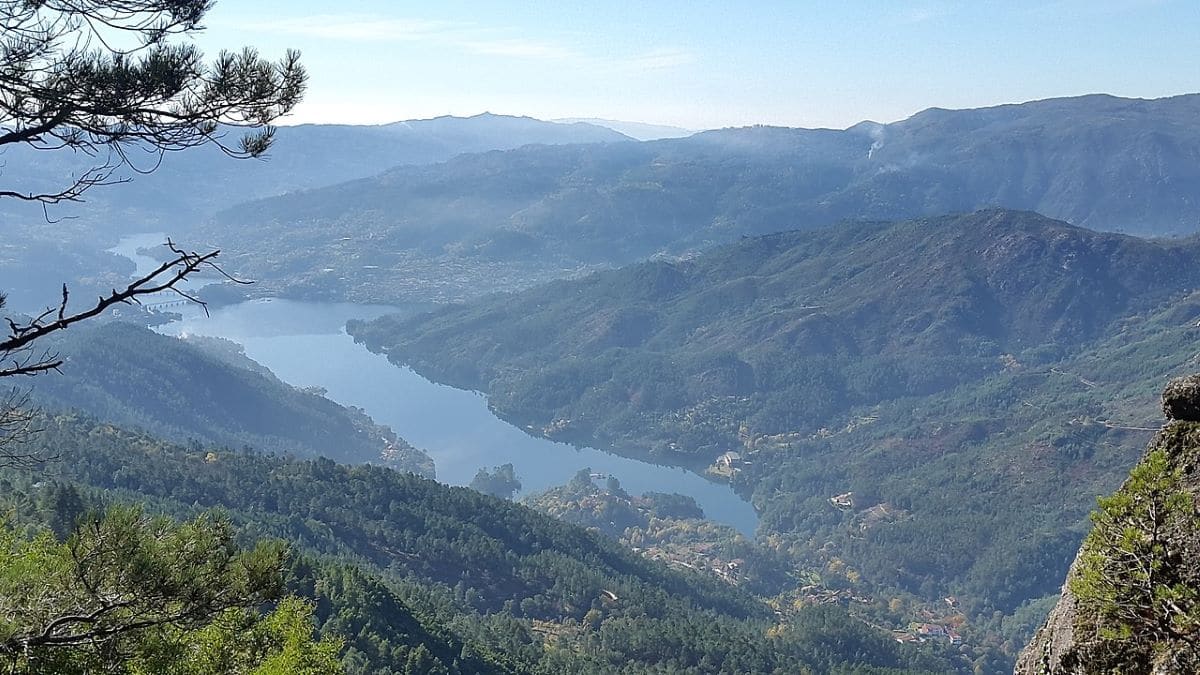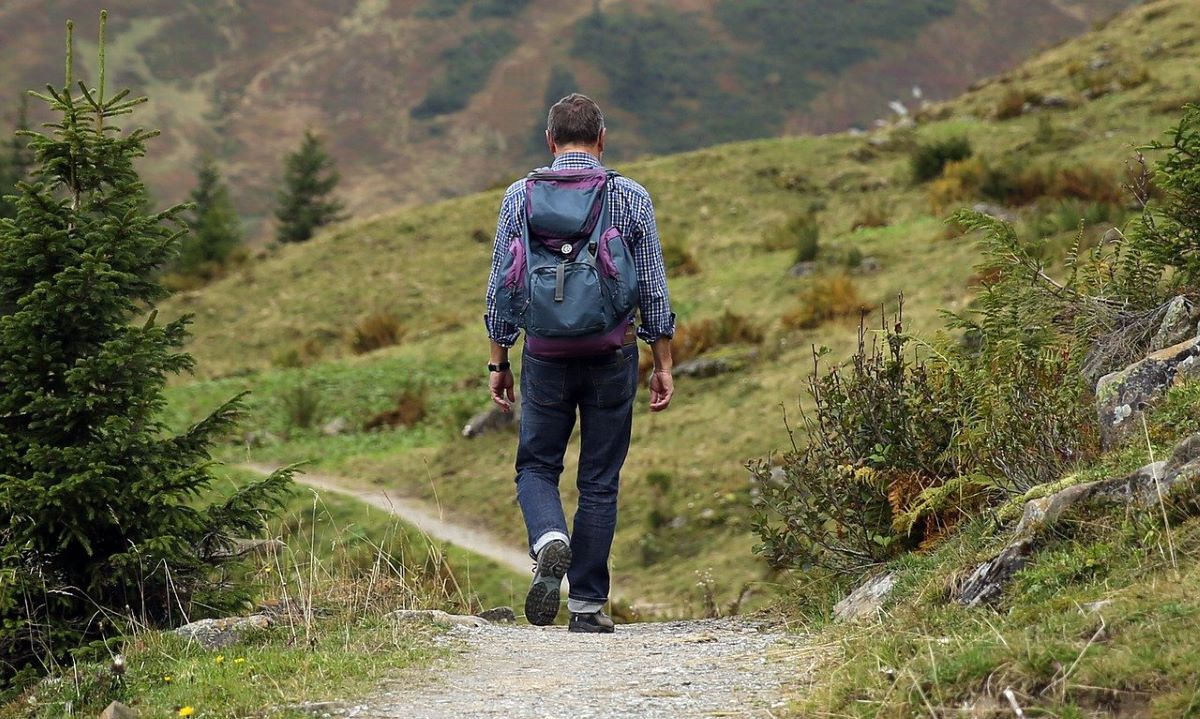
Image | Wikimedia Commons
Whether during a trip to Galicia or as part of a trip to Portugal, visiting the Peneda-Gêres National Park is a highly recommended plan, especially for ecotourism lovers. It is the first national park in the Portuguese country and the most important. It was declared as such in 1971 and constitutes an impressive natural paradise.
If you like nature, hiking, breathing fresh air and enjoying beautiful landscapes, this is the perfect plan for a few days of relaxation.
Address
This National Park has several accesses by road. The most used are that of the Caldo river, in Albufeira da Caniçada next to the Cávado river and that of Portela do Homem, which borders Orense.
When to go?
The best season to go to the Parque Nacional da Peneda-Gêres is in spring or autumn since the days are longer and sunnier and there is less probability of low temperatures and rainfall. That is, between the end of April and the beginning of October.
Where to Stay?
Rio Caldo and Vila do Gerês are the most advisable towns to stay within the park, especially the latter since it is the largest town in the area and in it you can find small hotels, hostels, shops, cafes and even hot springs.

Image | Wikimedia Commons
What to see in the Peneda-Gêres National Park?
Forest of Albergaria
To the north of the park we find Mata de Albergaria, which has a high level of protection because its natural wealth is impressive. To the point that on the road that crosses it from Portela do Homem (the N308 border crossing from Galicia to Portugal) it is not allowed to stop with the vehicle for a stretch of several kilometers.
Geira-Via Romana XVIII
This road that communicated Braga with Astorga makes it seem that time has stopped. The Roman route is wonderful and crosses these forests where you can discover its milestones, its bridges and its walls for kilometers and kilometers. Walking the Geira-Vía Romana XVIII through the park is simply magical.
Vila do Geres
Vila do Gêres is one of the most famous tourist towns in the Peneda-Gêres National Park and stands out for its hot springs and its excellent spa. During the summer, in this wooded area you can enjoy the pools suitable for swimming that are formed by the flow of the rivers. Ideal to cool off and make a stop on the way to rest.
Waterfall do Arado
Of all the waterfalls and waterfalls that we can find in the Peneda-Gêres National Park, the most popular is Cascada do Arado. It can be reached by means of a beautiful path that starts from Ermida, a few kilometers from Vila do Gêres.

Image | Pixabay
Soajo
The village of Soajo is famous for its espigueiros, the typical Portuguese granaries made of stone. Around it there are paths to get to know this side of the Peneda-Gêres National Park, among which the Caminho do Fé, the Trilho do Ramil and the Caminho do Pho stand out.
Albufeira of Caniçada
Just over 30 kilometers from Braga is the Albufeira de Caniçada, the center of the aquatic activities of the Peneda-Gêres National Park. Here visitors can get on kayaks or motor boats and practice wakeboarding among other things.
Lindoso
Lindoso is another essential during a visit to the Peneda-Gêres National Park. It is in this place where there is the largest concentration of granaries built in stone in Europe with a total of 62. In addition, in Lindoso there is an imposing 1910th century castle in a fantastic state of conservation and the glens around it. It is listed as a National Monument since XNUMX.
Inside this fortress there is a museum with permanent exhibitions and its keep, which stands up to 15 meters high.
Vilarinho das Furnas
The Vilarinho das Furnas Ethnographic Museum offers information about the natural environment and the hiking trails that can be taken in the area, as well as an exhibition of traditional costumes, farm tools and paintings from the town.
The old village of Vilarinho das Furnas was located in the place where, today, you can see a large reservoir that buried it under its waters in 1972. However, when the water level drops it is possible to see its remains.
Castro Laboreiro
In the municipality of Melgaço, to the south of the Castro Laboreiro town and at 1.033 meters above sea level, there is the homonymous castle in a privileged location and with wonderful views of the surroundings.
The ruins of this medieval fortress still retain their walls and gates, the most popular being the Porta do Sapo. The Laboreiro river passes in this environment, the natural border between the Entrimo council, in Orense, and Melgaço in Portugal.
Junia's pythons
At 1.200 meters of altitude is Pitões das Júnias, a village whose origins date back to the XNUMXth century when the Santa Maria das Júnias Monastery began to be built here. The ruins of this temple and the typical thatched roof huts of the region are two of the tourist attractions in this corner of the Peneda-Gêres National Park.